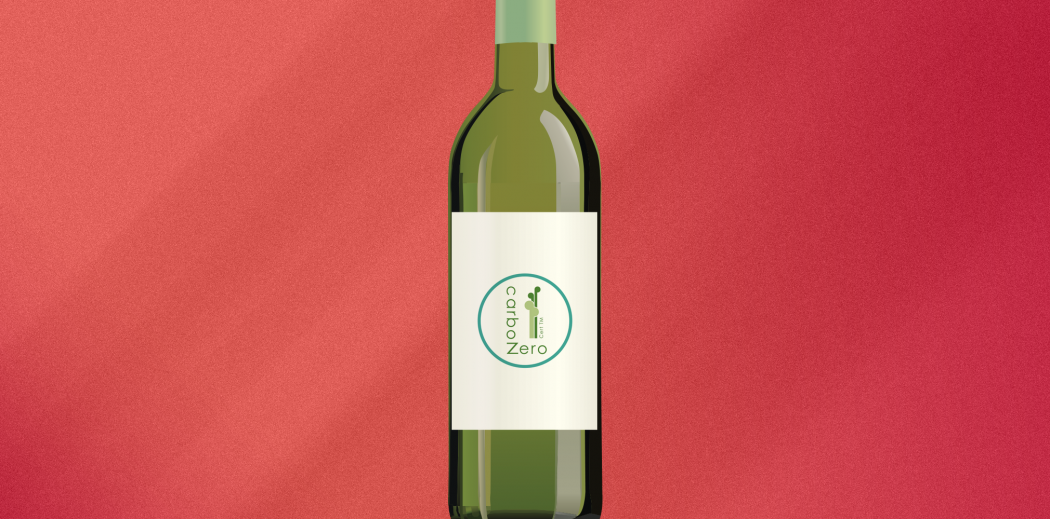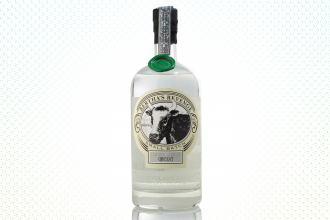When I was doing a little research about environmentally friendly booze, I stumbled across the term “carbon-neutral wine.” Carbon neutrality refers to anything that achieves net zero carbon emissions, and there are two ways wineries can do this. They can balance the carbon dioxide they release into the atmosphere with renewable energy, or they can offset the carbon by planting trees or funding carbon projects that will prevent future greenhouse gas emissions.
Wine releases carbon dioxide as part of the fermentation process, so no winery can completely eliminate its carbon emissions. Yeast converts the sugar in the grape juice into alcohol, releasing carbon dioxide as a byproduct. A winery can become carbon neutral if they reduce and offset residual emissions so the net calculated carbon emissions equals zero.
Wineries can still reduce and offset their carbon emissions though, whether through renewable energy practices or a lighter weight bottle design to reduce transportation fuel costs. Parducci Family Winery in Mendocino County, CA was the first American winery to go carbon neutral. In addition to using solar and wind power, they have an “anaerobic digestor” to get rid of the methane that’s released from livestock on their farm.
Tahblik Winery was the first winery to be carboNZero certified in Australia, and is one of eight wineries globally to have this certification. CarboNZero is the world’s first internationally accredited greenhouse gas certification program. Tahblik uses on-site revegetation and organic waste treatment, and funds carbon reduction programs to offset their emissions.
Backsberg Estate Cellars is the first carbon neutral winery in South Africa, a wine region that could be seriously affected by climate change in the next twenty years. Backsberg plants trees and uses biofuels to offset excess carbon, and they also have a range of Tread Lightly wines that use PET packaging to reduce shipping weight and fuel costs.
A new company is looking beyond the vineyard when it comes to carbon neutralization; UK-based Nomacorc has created the first carbon neutral, fully recyclable wine cork. The Select Bio cork is a plant-based wine stopper made from a biopolymer derived from Brazilian sugar cane. It looks and feels like a traditional cork, pleasing for traditionalists and innovators alike. Traditional corks, plastic corks, and aluminum stoppers release up to 25 times more carbon, so the emission savings is actually pretty significant.
From biodynamic to fair trade to organic, sustainable wines are continuing to hold their own in terms of flavor, regardless of their production process. We think it’s time to give carbon-neutral vino a try.









Very interesting. Offsetting, or buying credits is not actually being zero carbon emmision, or really carbon neutral. As you mention, many parts of wine production create CO2, so it is litteraly imposible to be carbon zero.
Another winery that was a pioneer in Europe in CO2 reduction is Salcheto from Tuscany, check it out http://www.salcheto.it/en